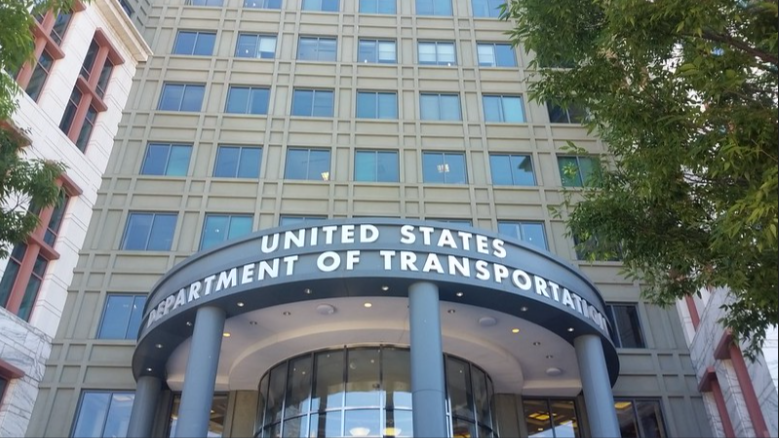Summary: The U.S. government shutdown, now in its 36th day, has forced the Department of Transportation to order a 10% reduction in flights across 40 major airports. The move, driven by severe staffing shortages among 13,000 air traffic controllers and 50,000 TSA officers working without pay, has already led to tens of thousands of delays and cancellations and is costing the aviation industry and wider economy billions of dollars.
Scale of Disruption
According to aviation analytics firm Cirium, the 10% cut translates to 1,800 flights per day being removed from schedules, affecting more than 268,000 airline seats.
- Over the past two weeks, FlightAware data shows more than 16,700 flights delayed and 2,282 cancelled in a single weekend, with delays continuing into the following week.
- Major hubs including New York (JFK, LaGuardia), Washington D.C., Chicago O’Hare, Atlanta, Los Angeles, and Dallas are among those hardest hit.
Economic Impact
Industry groups estimate the shutdown’s impact at over $1 billion per week in direct airline losses, including ticket refunds, rebooking costs, and operational inefficiencies.
- The U.S. Travel Association warns that the broader economic toll—including lost tourism revenue, business travel disruption, and supply chain delays—could exceed $5 billion monthly if the shutdown continues.
- Airlines for America, representing major carriers, reported a drop in passenger bookings as travelers avoid uncertainty, compounding the financial strain.
Government Response
Transportation Secretary Sean Duffy said the cuts were necessary to “alleviate pressure on exhausted staff” and maintain safety standards. He acknowledged the decision would cause “far-reaching cancellations and disruptions” but insisted it was unavoidable given the scale of absenteeism among unpaid controllers.
Wider Consequences
- Security bottlenecks: TSA staffing shortages have led to multi-hour queues at checkpoints, further discouraging travel.
- Regional carriers: Smaller airlines reliant on feeder routes are disproportionately affected, with some reporting up to 20% of schedules scrapped.
- Public confidence: Analysts warn that prolonged disruption risks eroding trust in U.S. aviation reliability, potentially shifting international travelers to competing hubs in Canada and Europe.
Outlook
With no resolution in sight, the shutdown—already the longest in U.S. history—is poised to deepen its impact on aviation and the economy. Industry leaders are pressing Congress to reach a funding deal, warning that continued cuts could push losses into the tens of billions and trigger long-term damage to the sector’s global competitiveness.
In short: The U.S. shutdown has forced a 10% cut in flights at 40 major airports, causing thousands of delays and cancellations and costing the aviation industry over $1 billion weekly, with broader economic losses estimated at $5 billion per month. Without a swift resolution, the crisis threatens lasting harm to America’s air travel system.
US Department of Transportation headquarters picture by BeyondDC
Sources: RTE News; Yahoo News; USA Today; The Hindu Business Line; Telegraph; CBS News; Al Jazeera.



